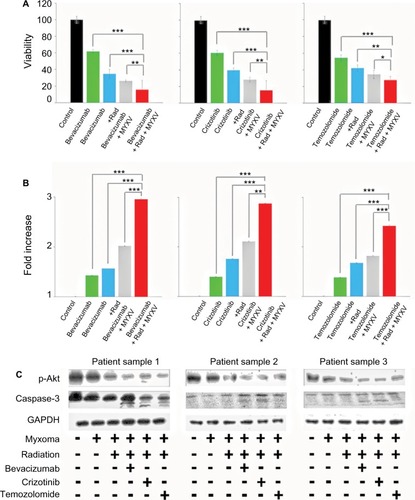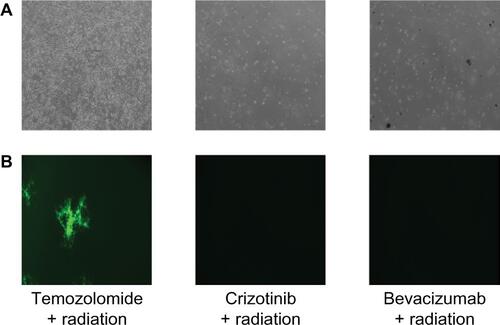Figures & data
Figure 1 Standard of care increases Myxoma virus (MYXV) spread.
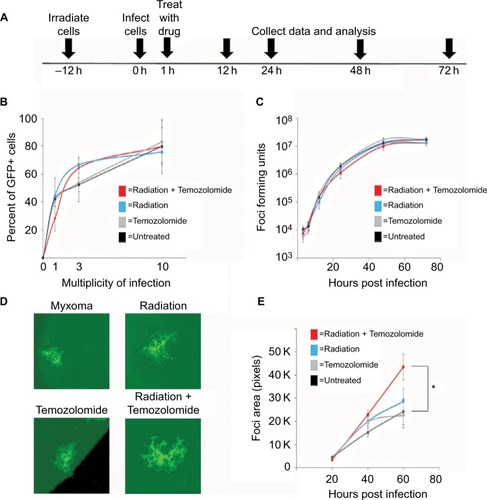
Figure 2 Infection of primary GBM biopsies.
Abbreviations: GBM, glioblastoma multiforme; MYVX, Myxoma virus.
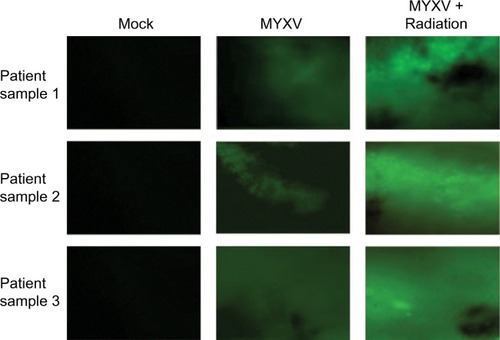
Figure 3 In vitro analysis of cell viability of combined treatment conditions.
Abbreviations: MYXV, Myxoma virus; Rad, radiation;.
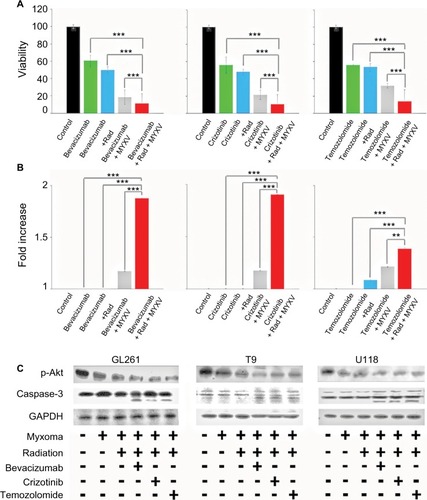
Figure 4 Ex vivo analysis of cell viability of combined treatment conditions.
Abbreviations: GBM, Glioblastoma; MYXV, Myxoma virus; Rad, radiation; MYXV, Myxoma virus; GBM, Glioblastoma.
